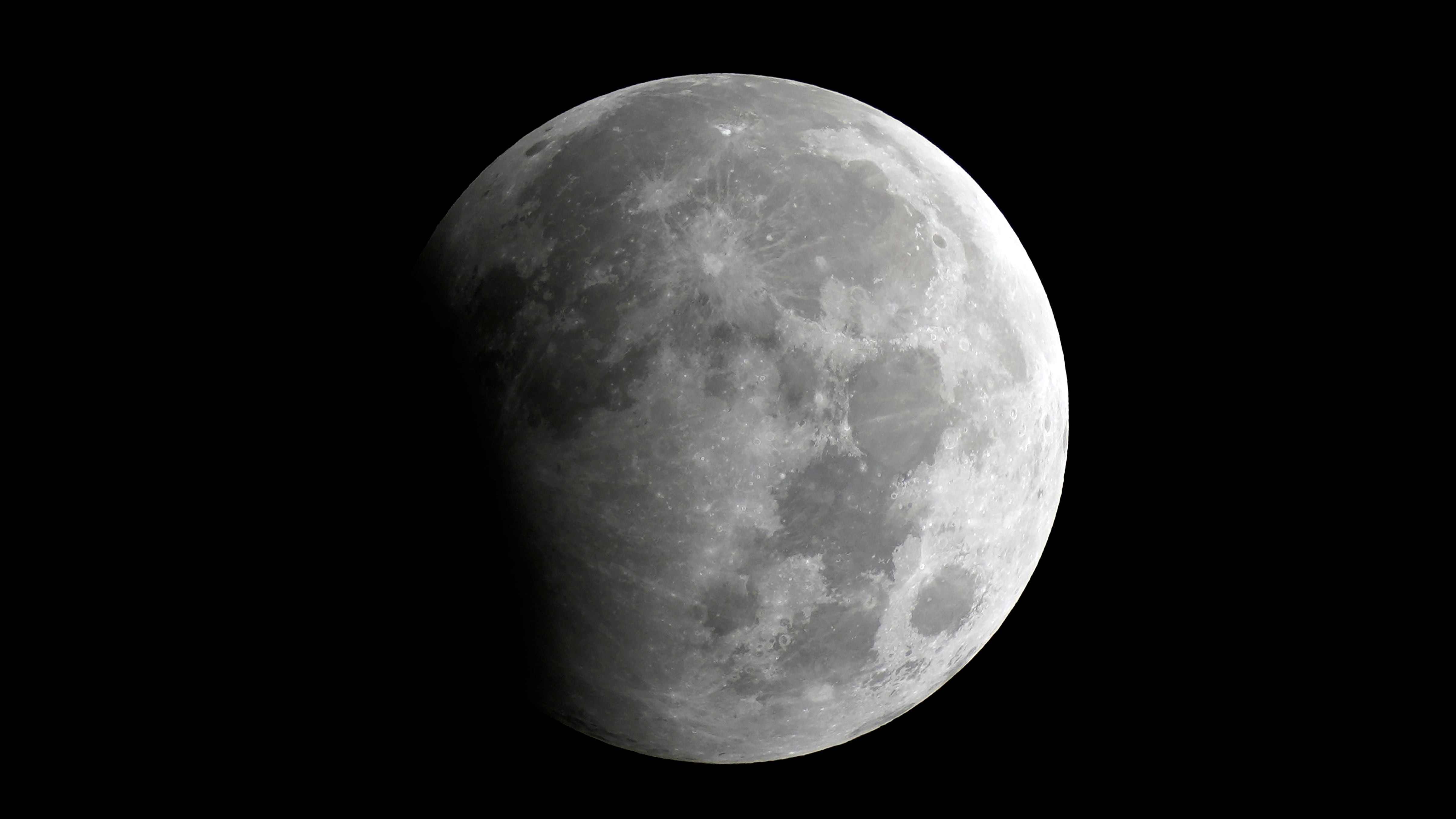According to a recent study, a “bus-sized” asteroid referred to as a “mini-moon” is set to make a brief appearance in Earth’s gravitational pull later this month.
NASA-funded scientists identified the asteroid named 2024 PT5, which was discovered on August 7 during routine monitoring by the Asteroid Terrestrial-impact Last Alert System (ATLAS) in South Africa.
Because of its size, the asteroid will not be visible to the naked eye. Carlos de la Fuente Marcos and Raúl de la Fuente Marcos, researchers at Spain’s Universidad Complutense de Madrid who made the discovery, believe that the asteroid is “too small and dim for typical amateur telescopes and binoculars.” Instead, professional-grade telescopes with at least 30 inches in diameter are needed to see the object, Carlos de la Fuente Marcos said in an interview with Space.com.
While 2024 PT5 will be traveling along its usual path around the sun, it is expected to temporarily enter a “horseshoe” orbit around Earth for eight weeks. According to the study in “Research Notes of the American Astronomical Society”, this “horseshoe” orbit means that it will not make a full rotation around the Earth.
Despite their name, mini-moons aren’t actually classified as moons. Moons, according to NASA are “naturally-formed bodies that orbit planets” permanently. While mini-moons do orbit a planet, they don’t always orbit for a long period of time. 2024 PT5 will only be orbiting for 57 days, leading some scientists to debate whether it can be called a mini-moon at all.
“I will call those gravitationally captured asteroid[s], because that’s really what they are. They’re not moon[s],” Franck Marchis, the senior planetary astronomer at the Search for Extraterrestrial Intelligence Institute said.
This isn’t the first occurrence of such a controversial cosmic visitor. According to the study, in 2020, astronomers observed another mini-moon, 2020 CD3, which orbited Earth for over a year. Scientists anticipate that 2024 PT5 will return to Earth’s gravitational influence in 2055, predicting that it may not be a one-time event.
Originating from the Arjuna asteroid belt, located approximately 93 million miles away, 2024 PT5 is set to join the moon in its orbit next week, providing a fascinating opportunity for scientists to study this transient celestial object.
“We’re living in an age [where] we’re making discoveries almost on a daily basis,” Vahé Perooomian, a professor of physics and astronomy at USC said. “If all of these events together increase our interest in astronomy and the sciences, I think that’s a really positive step for me.”
USC students can attempt to view 2024 PT5 at Griffith Park’s free public star parties taking place on Oct. 12 and Nov. 12 from 2-9 p.m.
